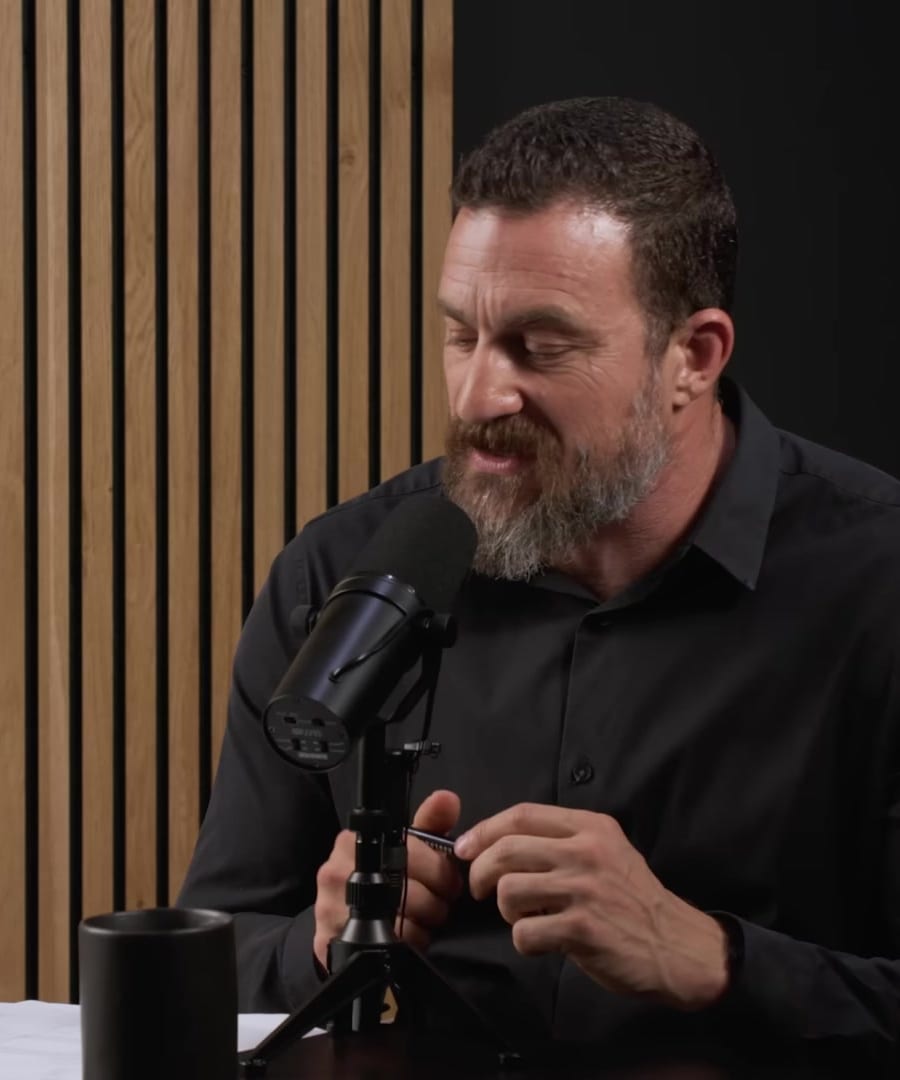How does the HPA axis work?
Sources:
The Hypothalamic-Pituitary-Adrenal (HPA) axis is a critical part of your body's response system that helps regulate stress, mood, and fear responses, as well as other functions like digestion and the immune system. Here's how it works, according to :
-
Hypothalamus: This is a collection of neurons located deep in your brain that controls essential functions such as hunger, thirst, sleep, and emotions. It manipulates the production and inhibition of hormones based on the body’s needs.
-
Pituitary Gland: Situated near the base of the brain, the pituitary gland releases various hormones into the bloodstream. These hormones can stimulate other glands like the adrenal glands to produce hormones such as cortisol, adrenaline, and others that are critical for body and behavioral responses to stress and other conditions.
-
Adrenal Glands: These are small glands located above the kidneys. They produce important hormones like cortisol (known as the stress hormone) and adrenaline. These hormones help mobilize your body’s resources, dealing with stress by increasing blood sugar levels and suppressing the immune system.
The HPA axis is involved in quick responses to immediate stressors and has a more prolonged response affecting changes in the brain, gene expression, and emotional responses. Even brief triggers can initiate a long-lasting fear response or stress reaction through the HPA axis, influencing both your body and mind in profound ways 1.
This system is also crucial for normal functions, like waking up in the morning, as these processes are associated with fluctuations in cortisol levels that naturally occur with your circadian rhythm 2.
RELATED QUESTIONS-

